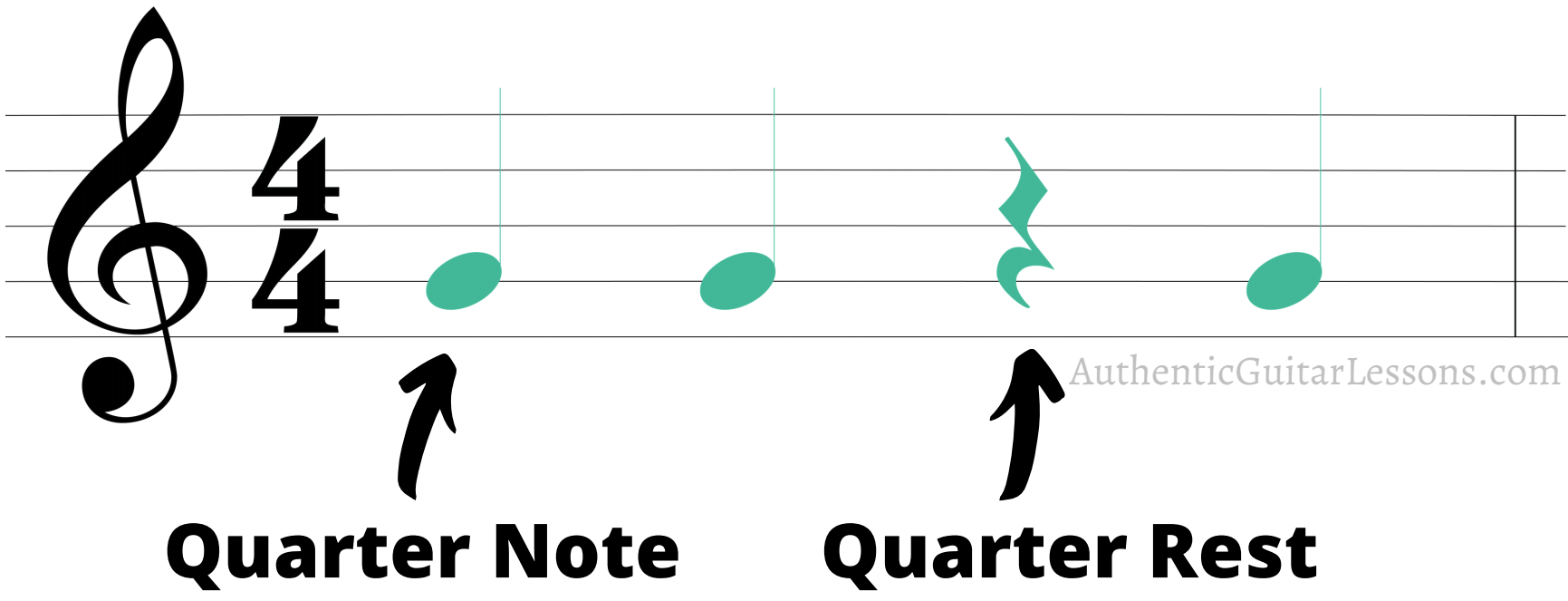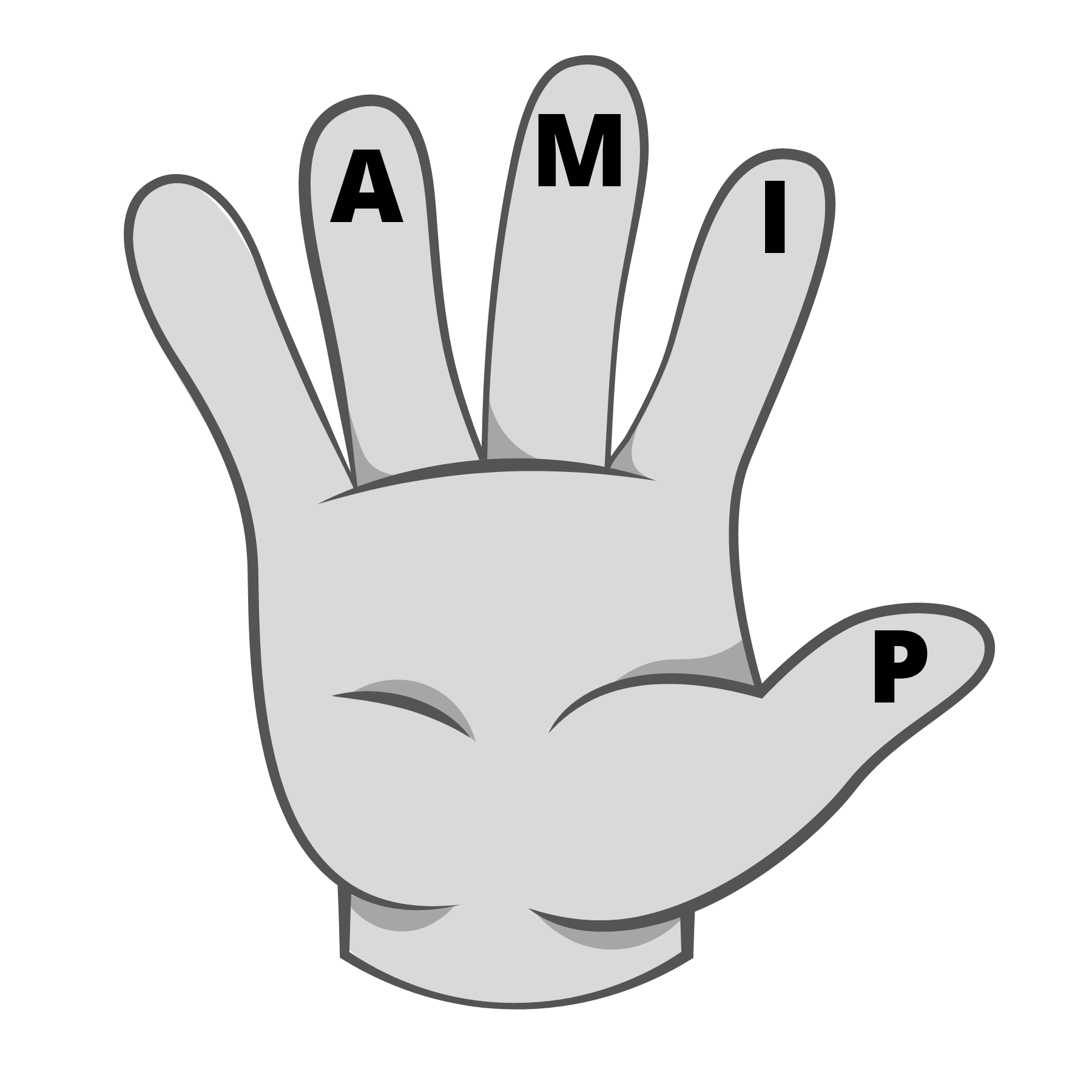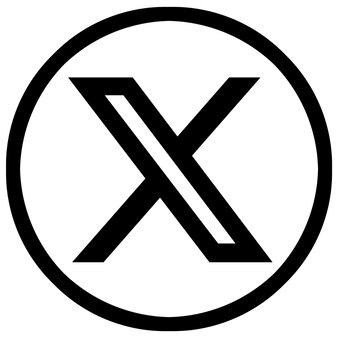
How To Read Basic Music Notation To Play Open Strings
Knowing how to read music notation is like having a secret key that unlocks one of three dimensions of the musical language.
The three dimensions are: music reading, technique and interpretation. These dimensions are consecutive and cannot be rearranged when learning a piece of music.
I’ve seen it time and time again when teaching skype guitar lessons online, students want to skip to the third dimension of embodying the piece before even learning the elementary music reading foundation and proper technique for their pieces.
In this blog post I will introduce the 5 essentials of reading music notation and the right hand designations that will prepare you to read and play music on the guitar using the open strings.
5 Essentials Of Reading Guitar Music
These essentials are important as they’ll set you up with a good starting point when learning to play with the right hand. This means that, for the purposes of this example below, we will not be fretting with the left hand. Note that this is only an overview of a much larger and longer teaching.

Essential #1: The Musical Staff
There are five lines and four spaces in the musical staff which tell you where the notes are.
The 5 lines with noteheads (green ovals) spell EGBDF.

The 4 spaces with noteheads (green ovals) spell FACE.

Note: You’ll also see notes that “fall†off the main staff with extra lines. Those are ledger lines and they support extra notes above and below the staff.
Essential #2: The Treble Clef
The treble clef identifies music notation for guitar. This is how you’ll know that a specific piece of music is intended for guitar.
The treble clef can also be used for other instruments as well. For now our focus is on the guitar’s usage of the treble clef.
The treble clef anchors on the 2nd line, note G. This is why the treble clef is also known as the G clef.

Essential #3: The Musical Alphabet
The musical alphabet is the first seven letters of the english alphabet, ABCDEFG.
It’s important for you to be able to recite the alphabet forwards (ascending); ABCDEFG, and also backwards (descending); GFEDCBA, in any combination. For example, CBAGFE, FEDCBA, DCBA, ABCDE, DEFGA and so on.
Essential #4: Time Signature
In our example, we are using 4/4 time or common time. Time signature is always indicated at the start next to the treble clef and is not repeated anywhere else unless there is a change in time signature.
The top 4 tells us how many beats are in each measure, and the bottom 4 tells us the value of each beat.

Essential #5: Quarter Note and Quarter Rest
There are different types of note values. For now we’ll focus on the quarter note and quarter rest in 4/4 time signature.
The quarter note and quarter rest have the value of 1 beat according to the 4/4 time signature. A quarter rest is where you’d pause for a duration of 1 beat.

And those are the 5 essentials you need to know when it comes to learning basic music notation and note reading.
Now, I know you’re excited to put some of these learnings into action, so let’s take a look how notes on the musical staff correlate to the guitar strings.
How Guitar Strings Correlate To The Musical Staff
This is a diagram for how strings on the guitar correlate to the musical staff.

As you can see string numbers are numbered with the thinnest being string no. 1, to the thickest being string no. 6.
Now that you know how the musical staff correlates to the guitar strings next we can learn about right hand designations that will help you play open strings.
PIMA Right Hand Designations
These are the designations for the right hand fingers and thumb: PIMA

To further explain, the P (thumb) will play the 6th, 5th and 4th strings. The I (index finger) will play the 3rd string. The M (middle finger) will play the 2nd string and the A (ring finger) will play the 1st string.
Playing Open String G With The I Finger
Let’s revisit the four measures of music that we started with at the beginning. You can begin playing with your I (index finger) on the open string G (3rd string) of the guitar.

These 5 musical notation essentials paired with what you’ve learned about how to correlate the guitar strings to the musical staff, will give you a great starting point when learning how to read music notation for the right hand.
When you’ve tried this, reach out and let me know how it went for you. Was it too hard, or was it way too easy? I’d love to hear your thoughts on this lesson.
Happy practicing!



